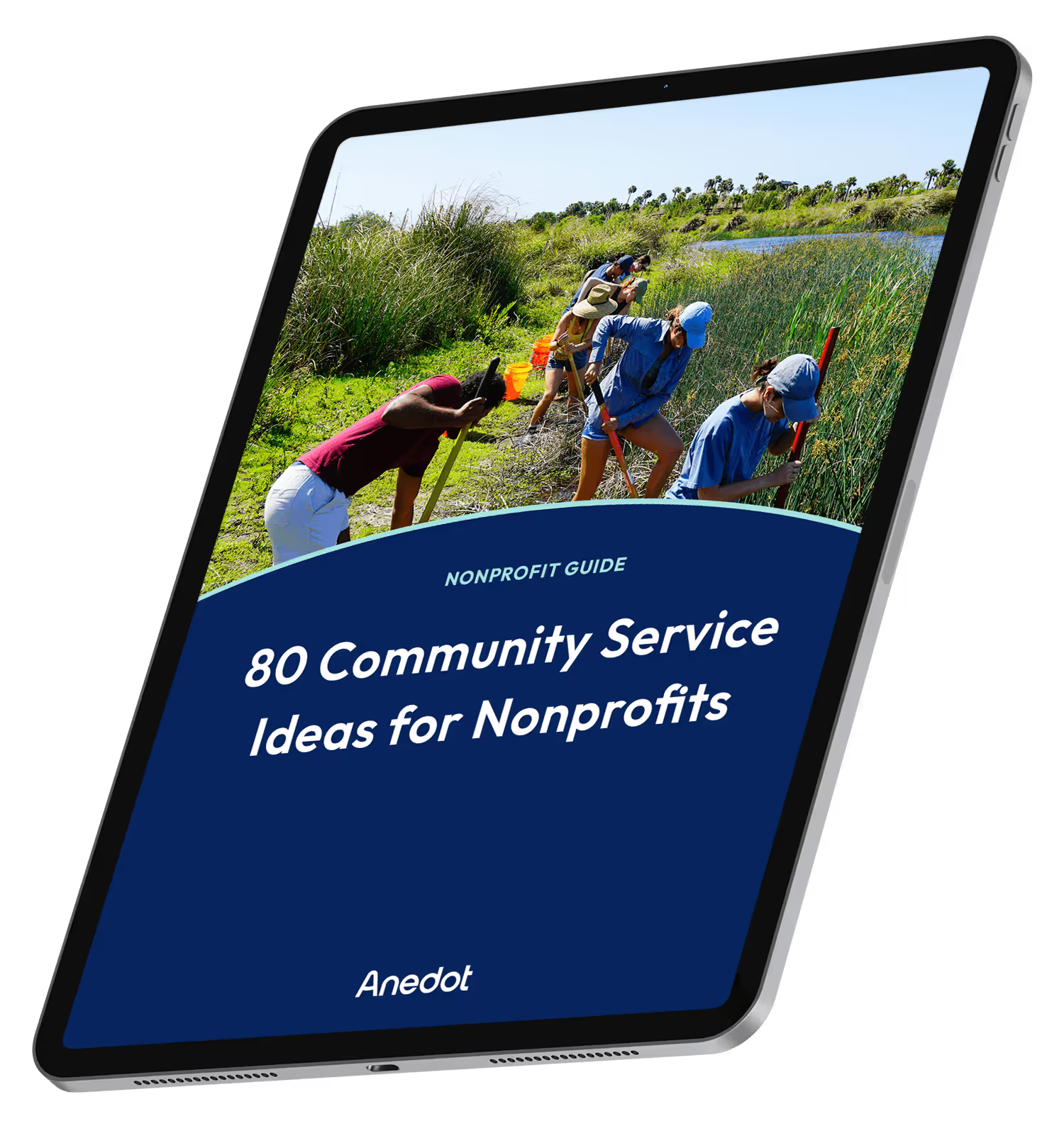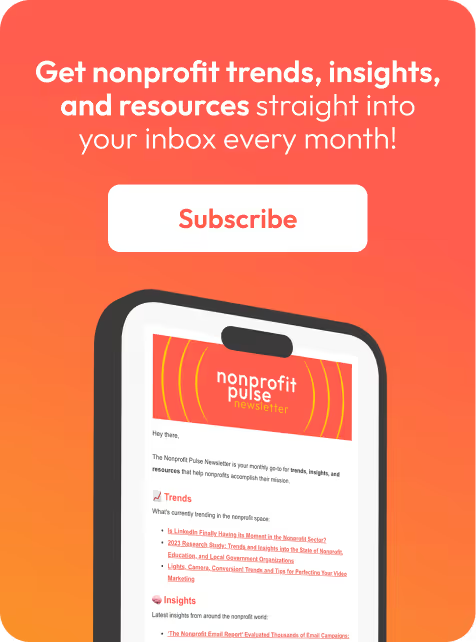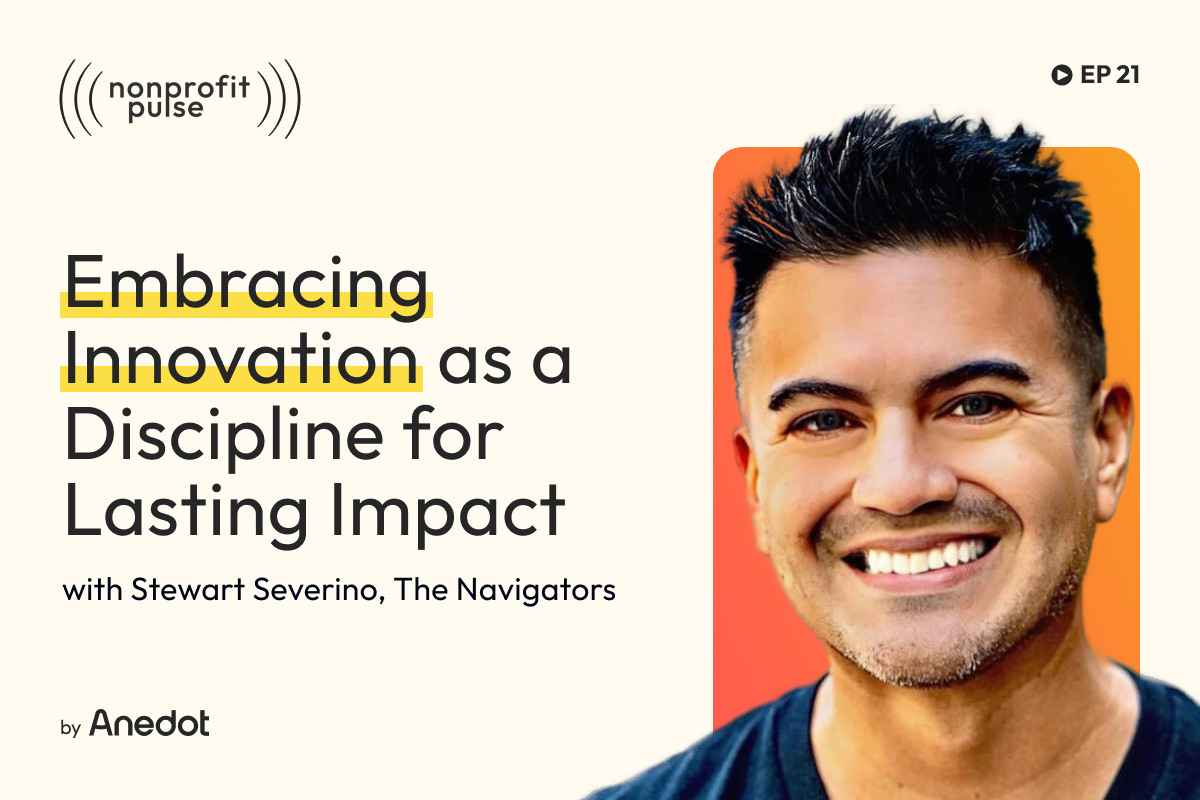In a world increasingly driven by material success and individual achievement, volunteerism emerges as a refreshing counter-narrative.
It's a concept that intertwines the threads of altruism, community, and personal growth into a tapestry of social betterment.
Just as habits form the backbone of individual success, as emphasized in James Clear's Atomic Habits, volunteerism can be seen as a collective habit that strengthens the fabric of society.
Volunteerism, at its core, is an act of giving – giving time, effort, skills, and often, emotional support, without the expectation of monetary reward.
It’s a choice, a personal commitment to contribute to the greater good, often at a cost to personal time and comfort.
This choice is akin to the decision to build a positive habit: it requires initial effort, but over time, it yields benefits far beyond the immediate return.
Definition and essence of volunteerism

The essence of volunteerism lies in its voluntary nature – a free-will offering of one’s abilities and resources to causes and communities.
It's a multifaceted concept, encompassing a range of activities from formal roles in nonprofit organizations to informal community assistance.
Whether it’s helping in a local food bank, mentoring youth, or assisting in disaster relief, every act of volunteerism shares a common thread: the selfless desire to make a difference.
Volunteerism isn't just about the physical act of doing; it's a mindset, a culture of kindness and empathy.
It reflects a deep understanding of interconnectedness and the recognition that individual well-being is inextricably linked to the health of the community.
By volunteering, individuals not only address immediate needs but also foster a sense of belonging and purpose, both in themselves and in those they help.
In a way, volunteerism is a personal journey of growth.
Just as James Clear highlights the transformative power of small, consistent actions in personal development, volunteerism offers a pathway to discovering one’s potential while contributing to societal progress.
It’s a powerful expression of human empathy and a testament to the impact collective action can have in shaping a better world.
The history of volunteerism

The history of volunteerism is a rich tapestry woven through the fabric of human civilization, reflecting the enduring spirit of cooperation and altruism across cultures and ages.
It's a story that intertwines with the history of humanity itself, rooted in the basic human instinct to help others.
In ancient times, acts of volunteerism were often driven by religious or cultural beliefs.
For instance, ancient Egyptian society saw the pharaohs mobilize large numbers of volunteers to build their monumental pyramids.
Similarly, in ancient Greek and Roman societies, volunteerism was a civic duty, with citizens actively participating in community service, particularly in times of war or disaster.
The concept of organized volunteerism began to take shape in the Middle Ages. Religious organizations, especially Christian monasteries, played a crucial role in providing care and assistance to the needy.
This period saw the emergence of various charitable and humanitarian movements, including the establishment of hospitals and shelters run by volunteers.
The Enlightenment era brought a significant shift in the approach to volunteerism.
With the rise of rationalism and humanism, there was a move away from religious motivations towards a more secular form of volunteering.
This period witnessed the birth of numerous philanthropic organizations and societies dedicated to various social causes, such as the abolition of slavery and prison reform.
The industrial revolution and the subsequent urbanization brought new challenges and, with it, a new wave of volunteerism.
Social reformers and philanthropists established organizations to address the needs of the growing urban poor. Notable among these were the YMCA and the Red Cross, founded in the 19th century, which marked the beginning of modern volunteer organizations.
The 20th century saw a significant expansion in the scale and scope of volunteerism, partly due to the two World Wars.
These global conflicts mobilized millions of volunteers for various efforts, from medical care to supporting the war effort on the home front. Post-war, the establishment of the United Nations and its various volunteer-driven agencies further globalized the concept of volunteerism.
In recent times, volunteerism has continued to evolve, embracing modern challenges such as environmental conservation, global health issues, and digital literacy.
The advent of the internet and social media has transformed how volunteers connect and contribute, making it easier than ever to mobilize resources and people for a cause.
The history of volunteerism is a testament to the enduring human desire to help others, a narrative that continues to evolve as we face new challenges and opportunities in the modern world.
Types of volunteerism

Volunteerism manifests in various forms, each adapting to specific contexts and needs.
Understanding these types reveals the vast scope of volunteer efforts that shape our world.
1. Corporate volunteerism
This type involves businesses encouraging their employees to volunteer, often within company time.
It's a symbiotic relationship where communities benefit from skilled support, while companies enhance their social responsibility profile and employees gain a sense of fulfillment and team-building experiences.
Initiatives can range from local community projects to international aid efforts, often aligning with the company's ethos or industry.
2. Student and school-based volunteerism
Schools and colleges are fertile grounds for nurturing a culture of volunteerism.
Student-led initiatives, service-learning programs, and school-organized community service days are common.
These experiences not only contribute to personal development but also instill a sense of civic responsibility in young minds, preparing them to be conscientious citizens.
3. Community volunteerism
Perhaps the most traditional form, community volunteerism involves individuals contributing their time and skills to local initiatives.
This can include supporting local charities, participating in neighborhood clean-ups, assisting in community centers, or engaging in local cultural or sporting events.
It strengthens community bonds and addresses local needs directly.
4. Virtual volunteerism
The digital age has given rise to virtual volunteering, where individuals can contribute remotely to various causes.
This can include tasks like online tutoring, digital nonprofit marketing, or remote administrative support.
It's a flexible form of volunteerism that has expanded the reach of volunteering opportunities, breaking geographical barriers.
5. Emergency relief volunteerism
In times of natural disasters or crises, emergency relief volunteers play a crucial role.
They provide immediate assistance such as medical aid, food distribution, and shelter management.
This type of volunteering often requires quick response and sometimes specialized skills.
6. Political volunteerism
This involves volunteering for political campaigns, advocacy groups, or civic movements.
Volunteers might engage in activities like canvassing, organizing events, or raising awareness about specific issues.
It's a form of volunteerism deeply tied to the democratic process and policy change.
→ Learn how to recruit volunteers for your political campaign!
Each type of volunteerism serves a unique role in addressing societal needs.
From corporate boardrooms to digital platforms, and from local communities to global emergencies, the spirit of volunteerism adapts and thrives, showcasing the diverse ways in which individuals can contribute to the greater good.
The importance of volunteerism

Volunteerism is a cornerstone of a healthy, functioning society.
It represents a profound expression of human empathy and solidarity, fostering a sense of community and mutual support.
At its core, volunteerism is important for several interconnected reasons.
Firstly, it addresses societal needs and gaps that are often overlooked or underfunded by governmental and private sectors.
Volunteers provide essential services, from education and health care to emergency relief and environmental conservation. This direct impact improves lives and strengthens communities.
Secondly, volunteerism is a powerful tool for personal growth and development.
It offers individuals the opportunity to learn new skills, gain experience, and broaden their perspectives.
Volunteering can lead to increased self-esteem, a greater sense of purpose, and improved mental and emotional well-being. It also fosters a sense of belonging and connectedness, combating social isolation.
Moreover, volunteerism cultivates civic responsibility and social consciousness. It encourages individuals to engage with and understand the challenges facing their communities, promoting a more informed and active citizenry.
This engagement is vital for a vibrant democracy, as it encourages participation in decision-making processes and advocacy for social change.
Finally, volunteerism bridges cultural and social divides.
By bringing together people from diverse backgrounds, it promotes understanding, tolerance, and mutual respect.
This aspect of volunteerism is crucial in an increasingly globalized world, where understanding and cooperation across cultures are essential for addressing complex global challenges.
In summary, volunteerism is vital not just for the tangible benefits it provides to communities and individuals, but also for the intangible ways it enriches society, fostering a culture of empathy, collaboration, and shared responsibility.
How to incentivize volunteerism

Incentivizing volunteerism effectively requires a multi-faceted approach that appeals to both the altruistic and practical aspects of potential volunteers.
Here are some strategies:
Recognition and appreciation
Public acknowledgment of volunteers’ efforts through awards, certificates, or public mentions can be a powerful motivator.
Recognition events or features in local media and organizational newsletters can make volunteers feel valued and appreciated.
Skill development and career advancement
Highlighting the opportunity for skill development and experience gain can attract individuals seeking to enhance their resume.
Offering training sessions, workshops, or the chance to acquire new, marketable skills during volunteering can serve as a strong incentive.
Social and networking opportunities
Emphasizing the community and networking aspect of volunteerism can attract individuals looking to meet new people or engage in social activities.
Organizing social events or group activities for volunteers fosters a sense of community and belonging.
Flexibility and variety
Offering flexible volunteering schedules and a variety of roles caters to individuals with different interests and time commitments.
This approach broadens the appeal of volunteerism to a more diverse group of people.
Tangible benefits
Providing tangible incentives, such as discounts, vouchers, or even academic credit (for student volunteers), can be an effective way to encourage participation.
Corporate partnerships
Collaborating with businesses to offer employee volunteer programs where employees can volunteer during work hours or receive incentives from their employer can greatly increase volunteer engagement.
Impact visibility
Demonstrating the tangible impact of volunteer work can be a significant motivator.
Sharing stories, statistics, or visual representations of how volunteers’ contributions have made a difference can reinforce the value and importance of their work.
By combining these strategies, organizations can create an appealing and rewarding environment for volunteers, thereby enhancing their willingness to contribute their time and skills.
Conclusion

In conclusion, volunteerism is a multifaceted and dynamic force that profoundly impacts both society and the individual.
From its rich history rooted in cultural and religious practices to its contemporary forms in corporate, community, and virtual settings, volunteerism adapts to meet the evolving needs of society.
It’s not only crucial for addressing various social, environmental, and humanitarian challenges but also plays a vital role in personal development, fostering empathy, skills, and civic responsibility.
Effective incentivization of volunteerism, through recognition, skill-building opportunities, and flexible engagements, can further enhance its impact.
Ultimately, volunteerism embodies the collective power of individual actions in creating a more compassionate, connected, and resilient world.
Ensuring that your volunteers have a fulfilling experience with your organization is key to maintaining their enthusiasm and commitment.
By thoughtfully designing your volunteer program and tailoring it to meet the expectations of your supporters, you create an environment where they are eager to continue contributing their time and effort.

80 Community Service Ideas for Nonprofits


























